Can spinal decompression treatments be incorporated for individuals with lumbosacral pain and improve posture? Introduction Many individuals only realize they have poor posture once they…
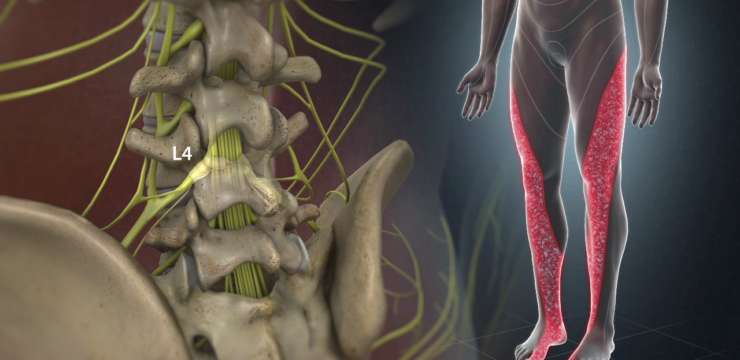
Treatments:Â There are a variety of treatments for all types of injuries and conditions here at Injury Medical & Chiropractic Clinic. The main goal is to correct any misalignments in the spine through manual manipulation and placing misaligned vertebrae back in their proper place. Patients will be given a series of treatments, which are based on the diagnosis. This can include spinal manipulation, as well as, other supportive treatments. One of these other treatments includes health coaching. Health coaching helps patients work through inflammation and other disorders they may have. As chiropractic treatment has developed, so to have its methods and techniques.
Why do chiropractors use one method/technique over another?
A common method of spinal adjustment is the toggle drop method. With this method a chiropractor crosses their hands and presses down firmly on an area of the spine. They will then adjust the area with a quick and precise thrust. This method has been used for years and is often used to help increase a patient’s mobility.
Another popular method takes place on a special drop table. The table has different sections, which can be moved up or down based on the body’s position. Patients lie face down, on their back or side while the chiropractor applies quick thrusts throughout the spinal area as the table section drops. Many prefer this table adjustment, as this method is lighter and does not include twisting motions that are used in other methods.
Chiropractors also use specialized tools to assist in their adjustments, i.e. the activator. A chiropractor uses this spring-loaded tool to perform the adjustment/s instead of their hands. Many consider the activator method to be the most gentle of all.
Whichever adjustment method a chiropractor uses, they all offer great benefits to the spine and for overall heath and wellness. If there is a certain method that is preferred, talk to a chiropractor about it. If they do not perform a certain technique, then they may be able to recommend a colleague that does.

Can spinal decompression treatments be incorporated for individuals with lumbosacral pain and improve posture? Introduction Many individuals only realize they have poor posture once they…

Can spinal decompression treat individuals with chronic low back pain to reduce joint arthritis and strengthen the surrounding muscles to restore lumbar mobility? Introduction When…

For many individuals with low back pain, how does spinal decompression alleviate muscle stress as part of initial treatment? Introduction Many working individuals know that…
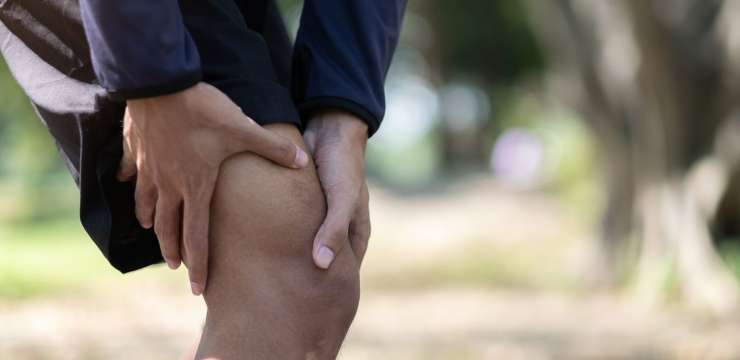
How does spinal decompression help reduce somatosensory pain associated with individuals dealing with back and leg pain? Introduction As we all know, the human body…

Are treatments more successful when patients know key terms that describe their back pain and associated conditions? Nerve Pain Types When individuals need to better…
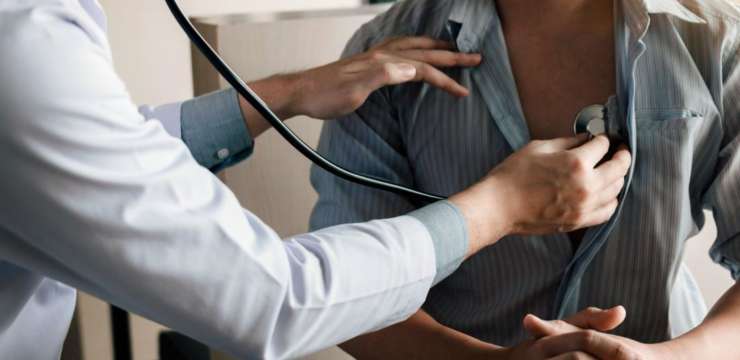
How can healthcare professionals provide a positive and safe approach for gender minority healthcare for the LGBTQ+ community? Introduction In an ever-changing world, it can…

Can decompression relieve intervertebral disc stress from individuals dealing with lumbar issues, restoring spinal mobility? Introduction The spine’s intervertebral disc acts like a shock absorber…
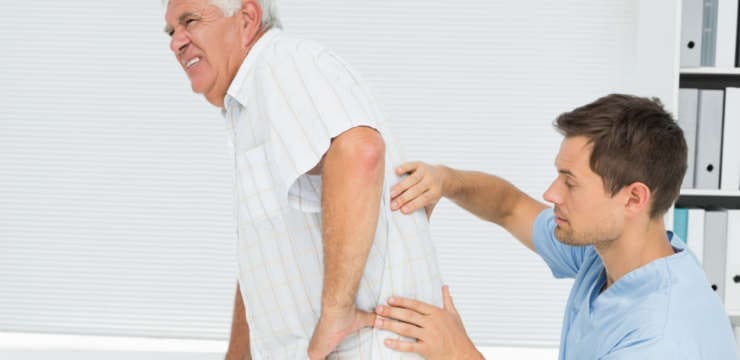
How efficient is spinal decompression to alleviate pain-like symptoms in many individuals with low back pain? Introduction Low back pain is a common condition that…

How does decompression alleviate sciatic nerve pain in many working individuals with lumbar disc degeneration? Introduction The discs between the spinal vertebrae act as a…
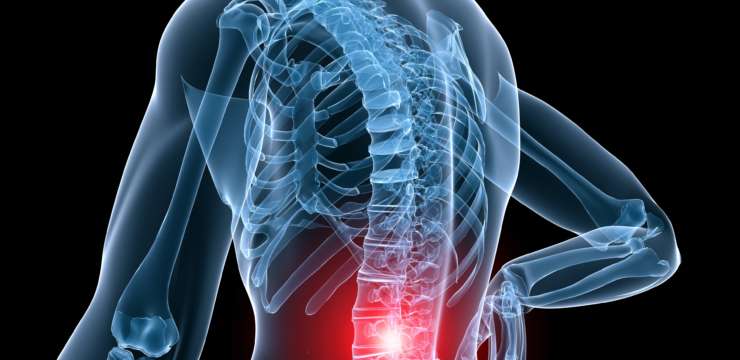
In individuals with lumbosacral pain, how do cost-effective treatments compare to traditional care treatments affect muscle strain? Introduction The human spine is divided into three…

How can physicians create a positive experience for LGTBQ+ individuals seeking inclusive health care for muscle pain? Introduction Finding proper treatment for many body pain…

In many working individuals with back pain, how does non-surgical decompression achieve pain reduction to the intervertebral disc in pain management? Introduction Low back pain…

Individuals at work, school, etc, perform all kinds of repetitive physical tasks that put their bodies through a great deal of musculoskeletal stress, what are…

In many inviduals with low back pain, how does spinal decompression and inversion therapy reduce nerve entrapment? Introduction Low back pain is a common problem…
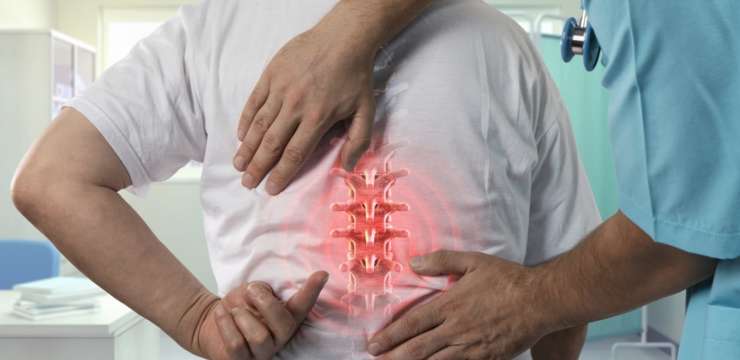
In many individuals with spinal issues, how does spinal decompression compared with traditional care restore muscle strength? Introduction Many people unknowingly put pressure on their…

Chiropractors are neuromusculoskeletal system specialists that rehabilitate injuries, retrain healthy body posture, massage and relax the muscles to detoxify and rejuvenate tissue health, and realign…
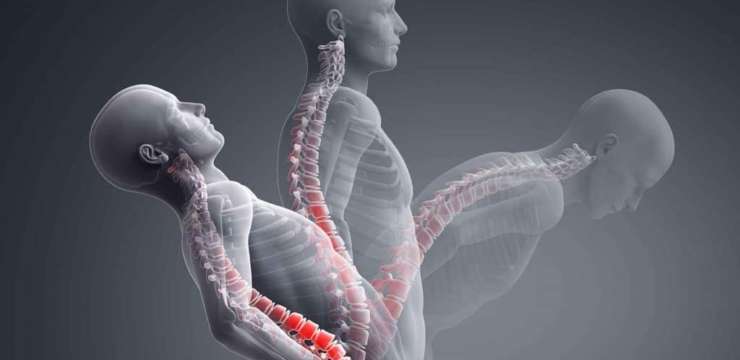
In many people with facet joint syndrome, how does spinal decompression compare to traditional spinal surgery alleviate low back pain? Introduction Many people around the…